Building Information Modeling For Dummies
Building Information Modelling For Dummies
Story and photos by usual gang of troublemakers
An interesting way to spend an afternoon, BIGDoer.com connects up with a group of three travelling the globe on a lengthy and ambitious mission to document train stations…in a very interesting way. From the University of Rochester (New York), the trio have brought along some high-tech equipment which is used, specifically, to create a three dimensional digital model of their subject matter. Their goal in the end is to later draw up visual comparisons between similar structures from the countries they’ll visit.
Initial contact…
“For one week in mid-July, a professor of architectural history, a classmate, and I will be driving from Edmonton to Winnipeg on a grant-funded project to research—and use 3-D laser scanners to document—train stations built around the turn of the twentieth century…we hope to connect with local experts and rail enthusiasts in some of the cities and towns we will be visiting, who can serve as informants and/or accompany us to sites we will be photographing or laser scanning.”
While their objective and even a basic understanding of what they’ll be doing seems pretty clear, the more complex and technical nature of the actual scan process is a bit of a mystery. Heck, yeah we’re curious and would both love to help and see how it’s done. Sign us up…well me up. Connie couldn’t make it, sadly.
The process being documented here is called Building Information Modeling or BIM. Ooooh, sounds tech! Simply, according to a committee whose purpose it is to set the standards, it’s defined thusly…
“Building Information Modeling (BIM) is a digital representation of physical and functional characteristics of a facility.”
Or dumbed down, use some equipment to make a cool 3D computer model of something. BIM for dummies (so us).
Spelling quandary: living in a Commonwealth country I guess we should use the British “double l” in the world modelling (< ---like that) instead of the "single l" as used in the US. Realized after writing this report, I did both! Was it a middle finger in the face of writing conventions or maybe just sloppy work? Modelling or modeling? Take your pick! I can't seem to decide.
Back on track…
The subject for this scan is the old CPR train station in Beiseker Alberta. This century old structure, a fine looking one at that, is a pretty typical example of a standardized design used by that railway in that era. It’s sits only metres from where it was built, at the west end of “downtown” having only been moved back from from the roadbed a bit (track gone since the 1990s), and spun around one hundred an eighty degrees. Today it houses the town offices.
To make a scan requires several very expensive pieces of equipment. There is a large and very expensive camera, a substantial tripod to hold it steady when running and some volleyball-ished sized spheres. These latter are targets, placed around the scanning site here and there, which are used as reference points. They are simply laid on the ground, or attached to close-by elements, via clamps or if metal, with a magnetic base. The group used a nearby railway caboose, some poles, a fence…I think you get the idea. Nearly anything close by will do as long as it’s in clear sight of the camera, it just can’t be part of the building itself. I’m told these little white and shiny globes are worth a lot. Aaaah, special balls.
I questioned just how the group got this strange equipment through Canadian customs. Given the paranoid times, it must surely have raised suspicions. What the hell is it? Some type of subversive gear? Smart university types, they told me they made zero references to the word “laser” and instead referred to it as 3D surveying equipment. No “terrorist” words spoken, they told me everyone at the border was happy. I wonder how they did on the return trip?
The scanner is placed at various points around the building in a calculated fashion so it together covers (or can see) all possible facets. Per camera placement, and there are several, the camera takes in one flat wall or a 3/4 view, with lots of overlap between each. Every step is a five to ten minute process. The head moves around its axis, first quickly, then in slower more jerky fashion, an angled mirror spins and whirs the whole time, all sorts of noises are made and while we can’t see it in daylight, a beam is emitted, which is used to collect dimensional data. The latter “scan” happens one thin slice at a time countless times over.
Each occasion the camera is placed at a new location within the subject site, it needs to reference those balls we spoke of earlier – so a subsequent scan must see some referenced in the previous scan. Make sense? They’re used to triangulate positions.
Every tiny detail is recorded by this method (down to 2mm according to the manufacturer). The camera must not be subject to movement or even the slightest vibration when at work. Of course, no one must enter the field of view when a scan is happening either – a few were spoiled this way, but it is a town office after all and we fully expected people to come and go. No biggie, just try again.
Later, specialized software will be used to piece everything together creating a 3D photograph that can be viewed from any angle.
While the scan is taking place, the group jotted down notes and captured regular photographs. Huge amounts of data were collected and just processing it all is going to be a huge undertaking. The field work is only a small part of what they’ll do. There will be much time spent in the lab too.
We’re hoping to see the final product soon.
Earlier the same day, the group documented a similar station at Heritage Park in Calgary. After a bistro lunch in Beiseker (thanks guys, it was yummy), we parted ways, me heading back to BIGDoer HQ and them off capture more stations in other parts of the province. They had a LOT of places to scan and not much time to do it.
Beiseker is home to a second building like this, the old Bassano Railway Station brought in a few years back from its namesake town, a planned centrepiece of a museum that never really got off the ground. It was not scanned as it did not fit in with the plans the group had. They were looking for stations that were built to a more common pattern AND size – the Bassano one is HUGE and sort of a one-off in many ways.
Thanks to the UofR guys. It was a hoot and I learned something too! The group, Eitan, Alana and Peter were not only focused on the task at hand, but took time to have fun. That’s how we like it, we’re all comfy with each other. Those reference spheres inspired many ball-related quips and jokes, but I didn’t start them. Honest!
Love these types of outings. If you or your group need a guide or field crew to help with your historical-related work, sort of like what we did with this University of Rochester group here, be sure to email or message us. We’re happy to help. For museum, non-profits, historical societies and anyone else who’s doing it for the love, it’s done expenses only or more often than not, completely gratis.
An in-depth report on the Beiseker station’s history…
Canadian Pacific Railway Station, Beiseker Alberta.
More fun…
Industrial Park Living.
Suite 16.
Soul Work.
If you wish more information on what you’ve seen here, by all means contact us!
Date: July, 2015.
Location: Beiseker, AB.
The station was shot with permission.
Article sources: CPR archives, UofR group.
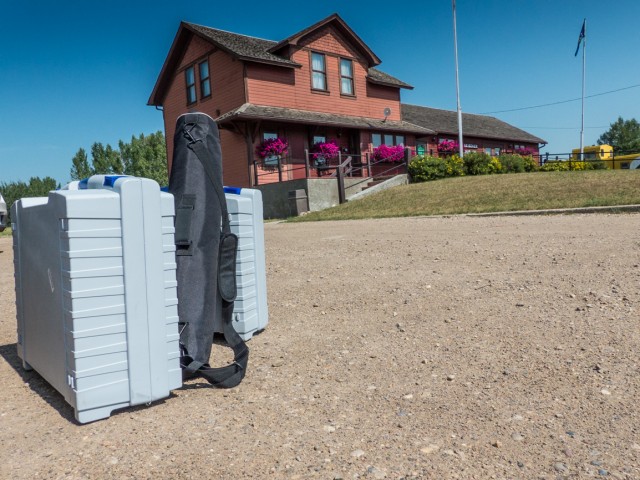
Getting ready to set up.
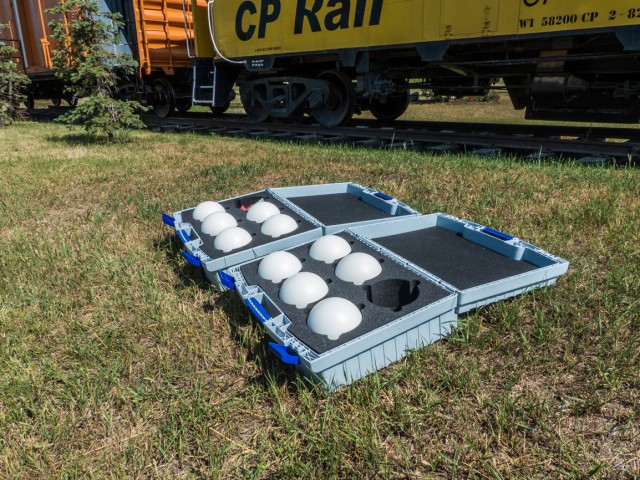
These are target spheres – read the post to know more.
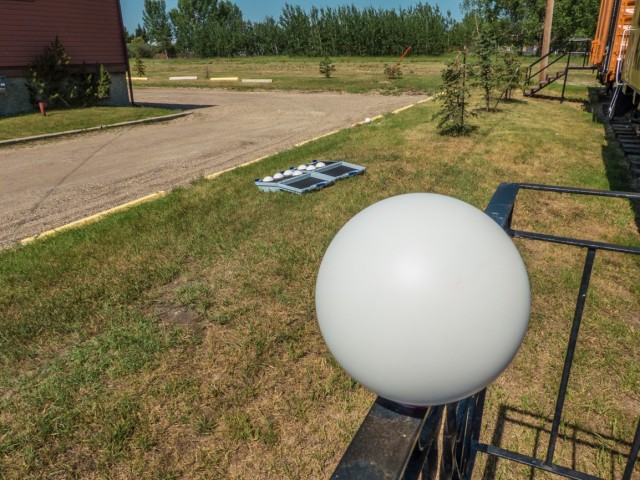
Placing one.
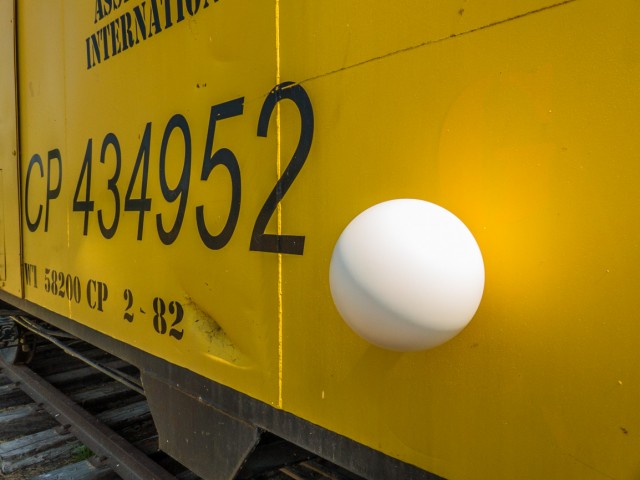
And another.
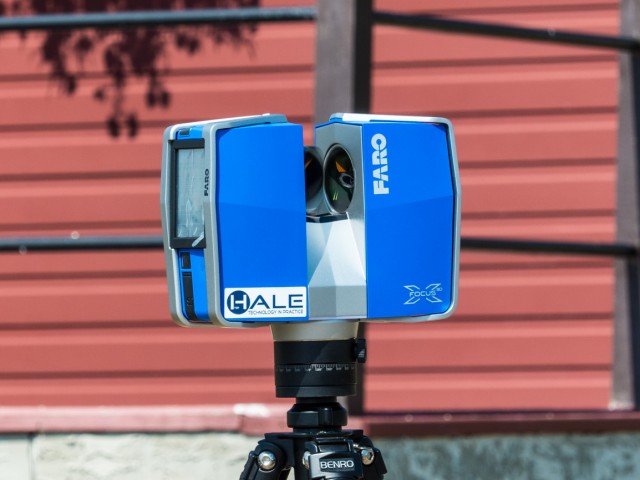
The business end of the scanner.
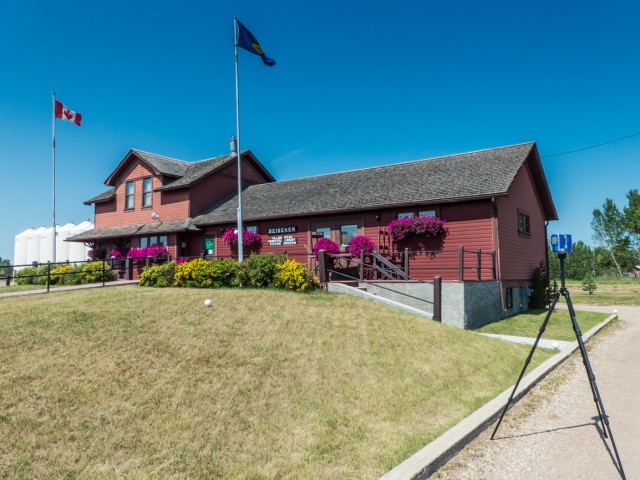
The work starts – the building is used as town offices.
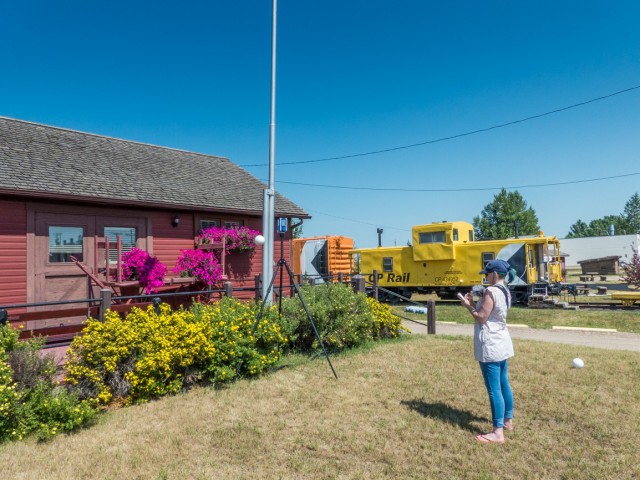
A team member writes down some data.
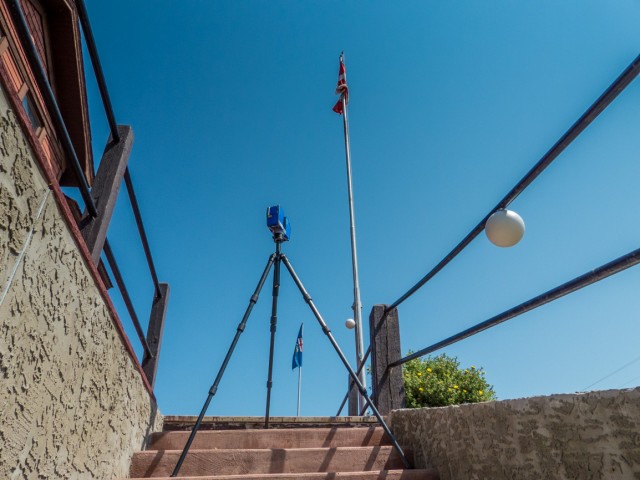
The scanner is moved.
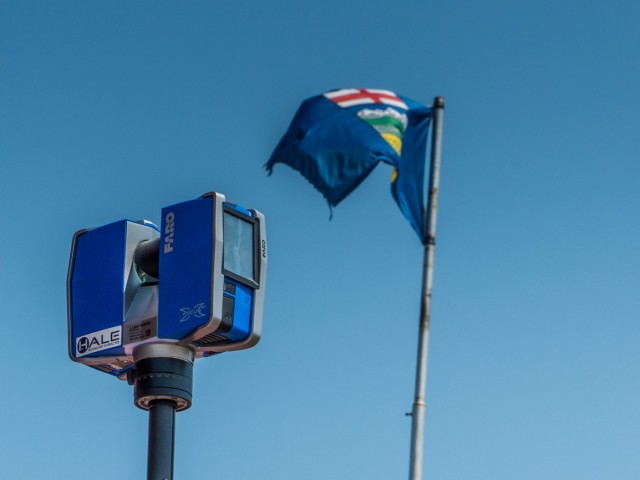
The head spins as it scans.
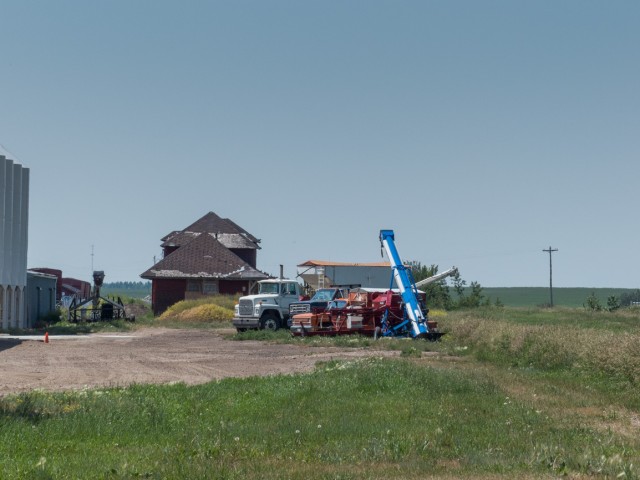
Looking south we see the old Bassano train station brought here a few years ago.
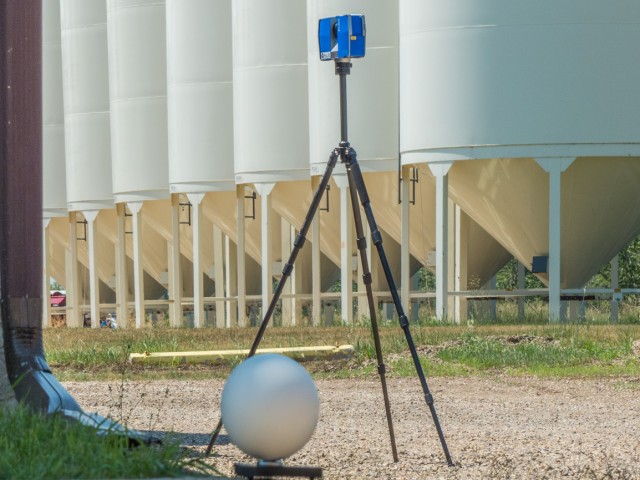
On back side of the building.
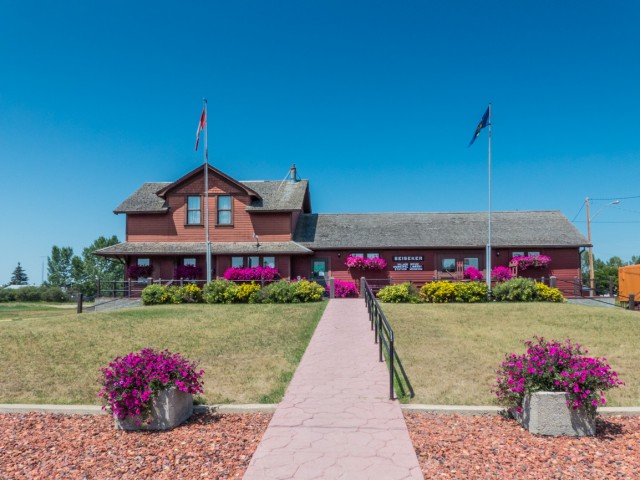
The station sits very close to where is was built a century ago.
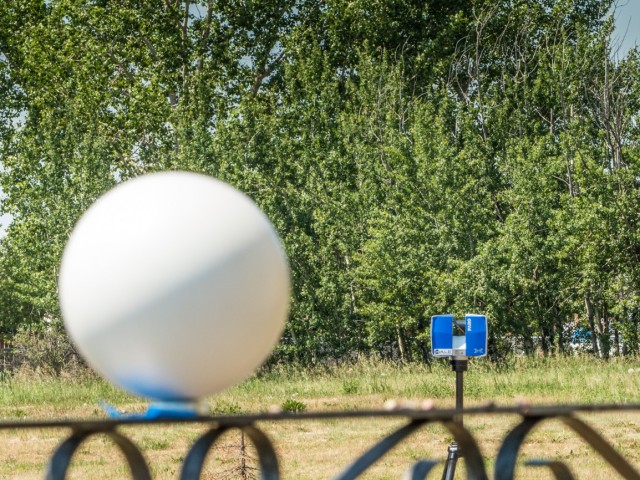
The balls are used as reference points during the scan.
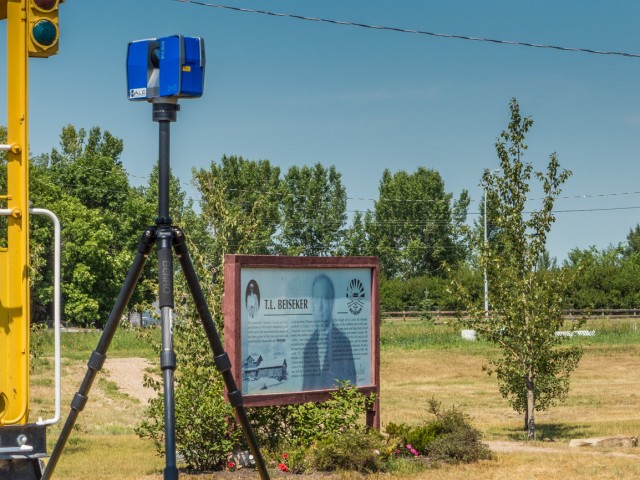
A plaque telling of TL Beiseker, for whom the town is named.

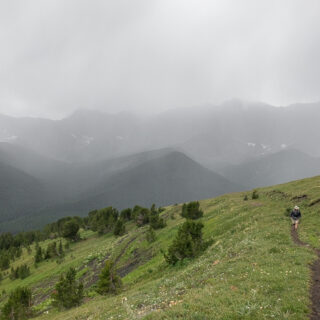
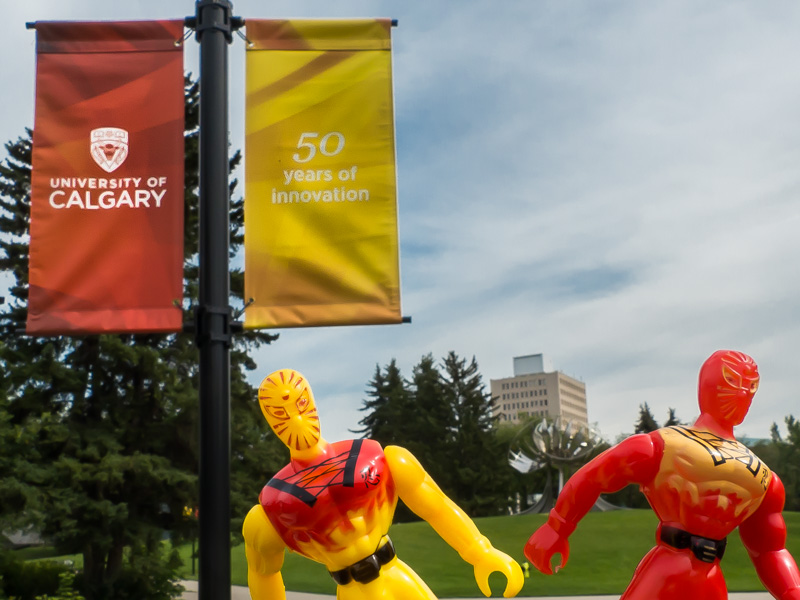
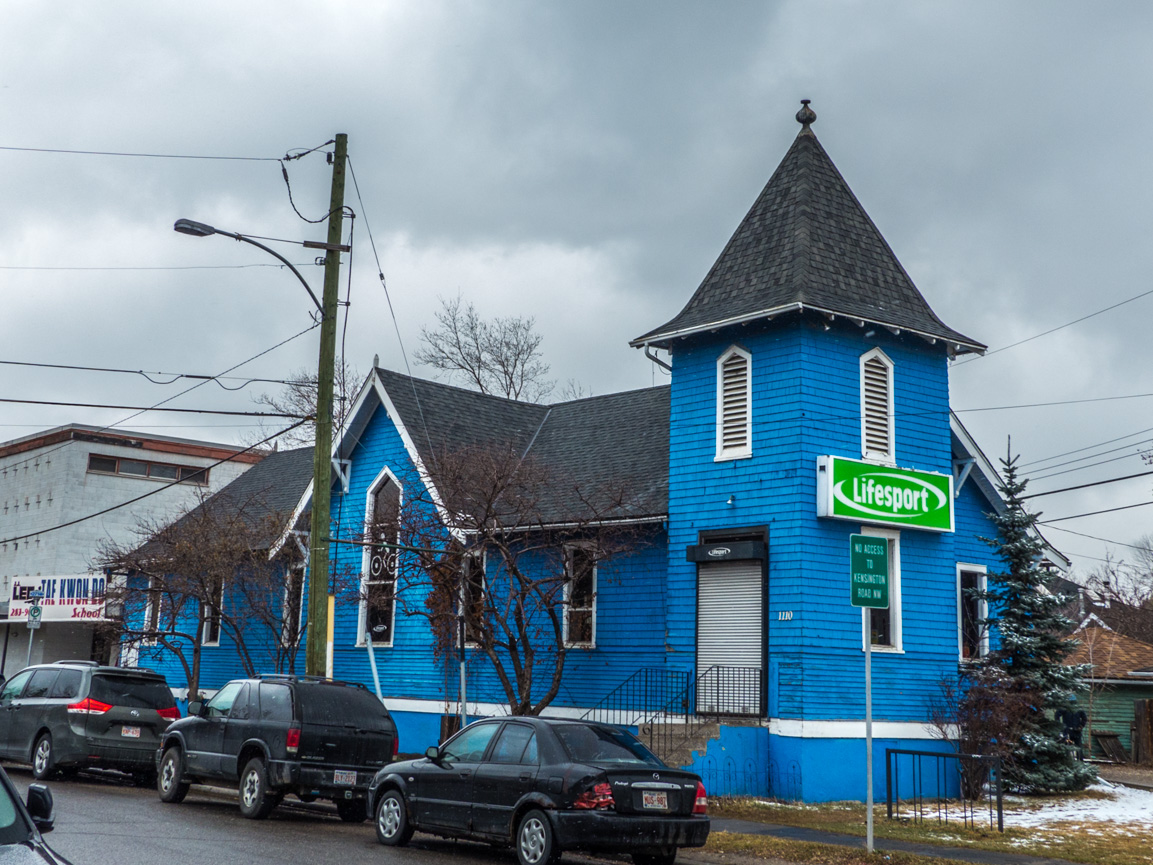
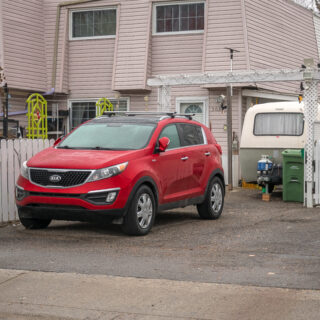
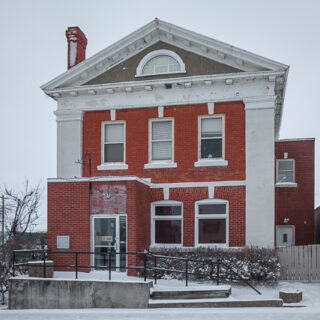
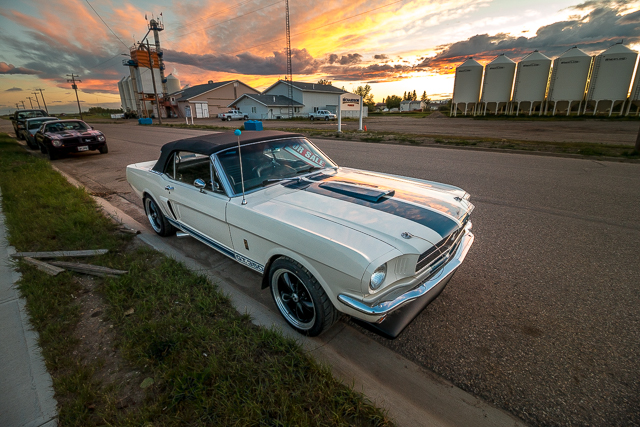
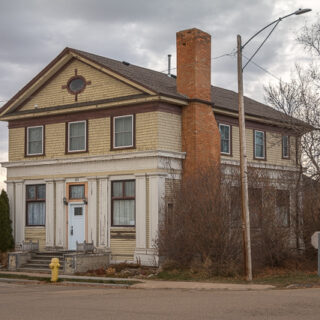
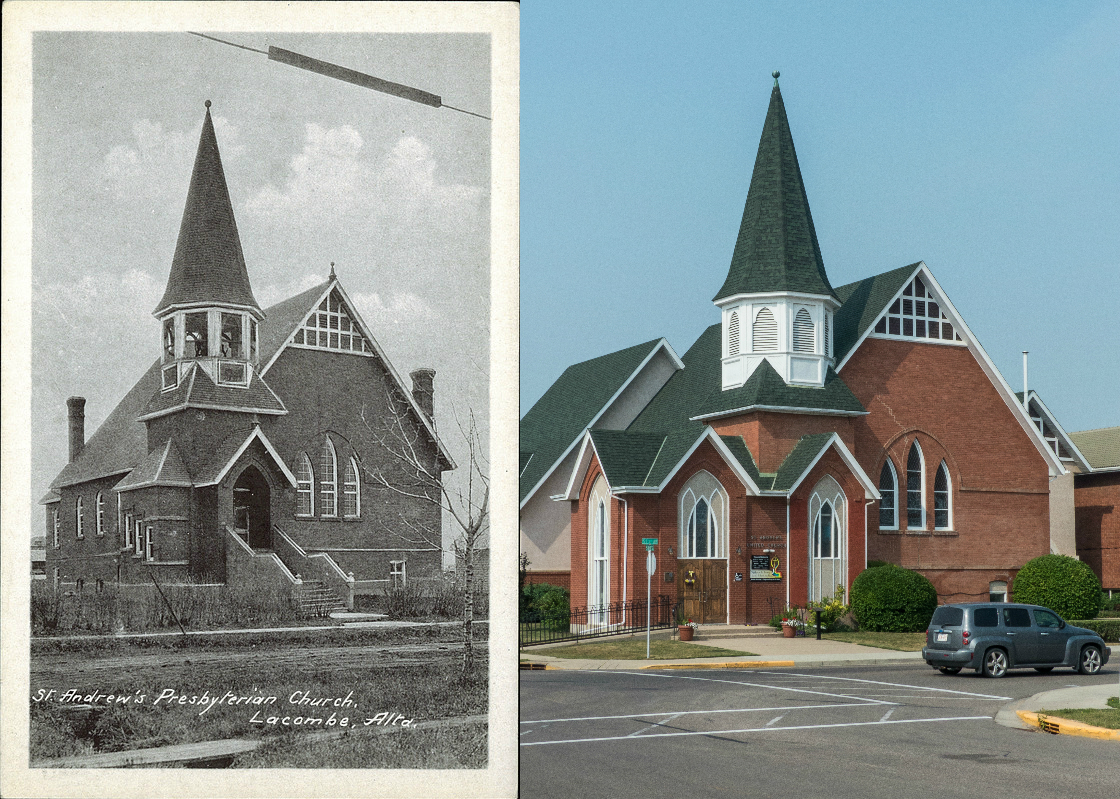
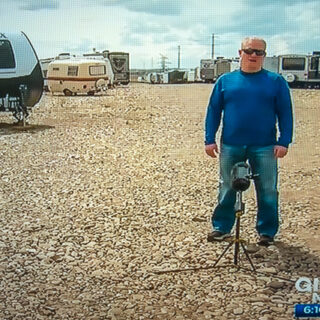
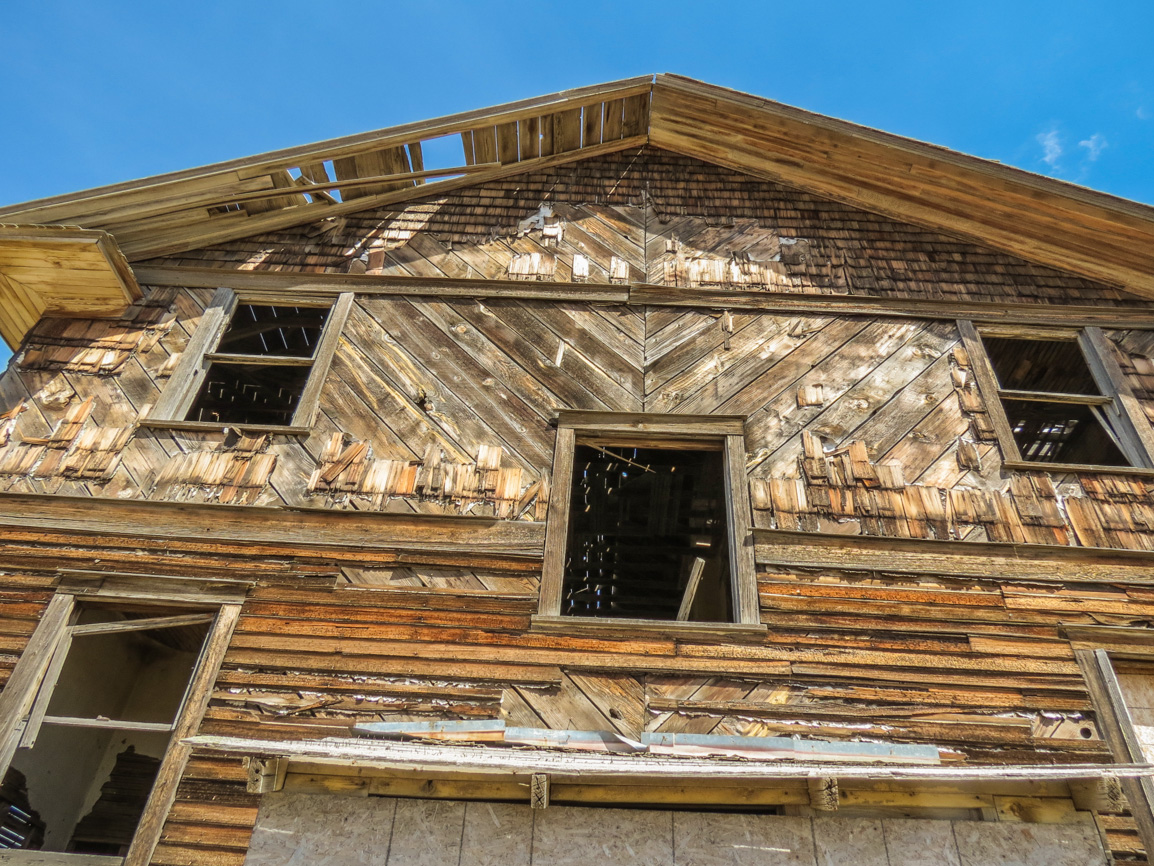
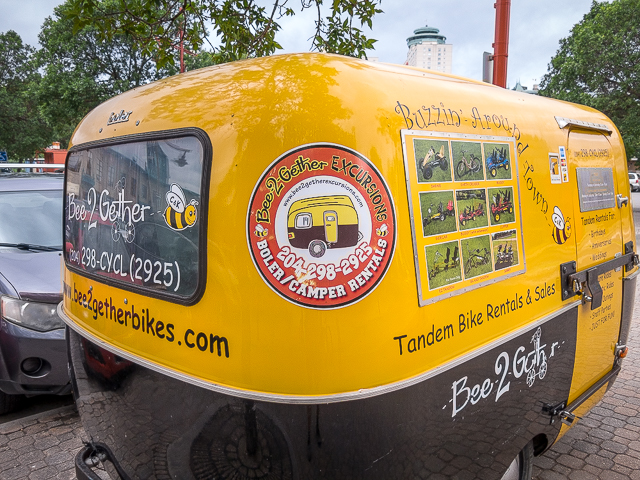
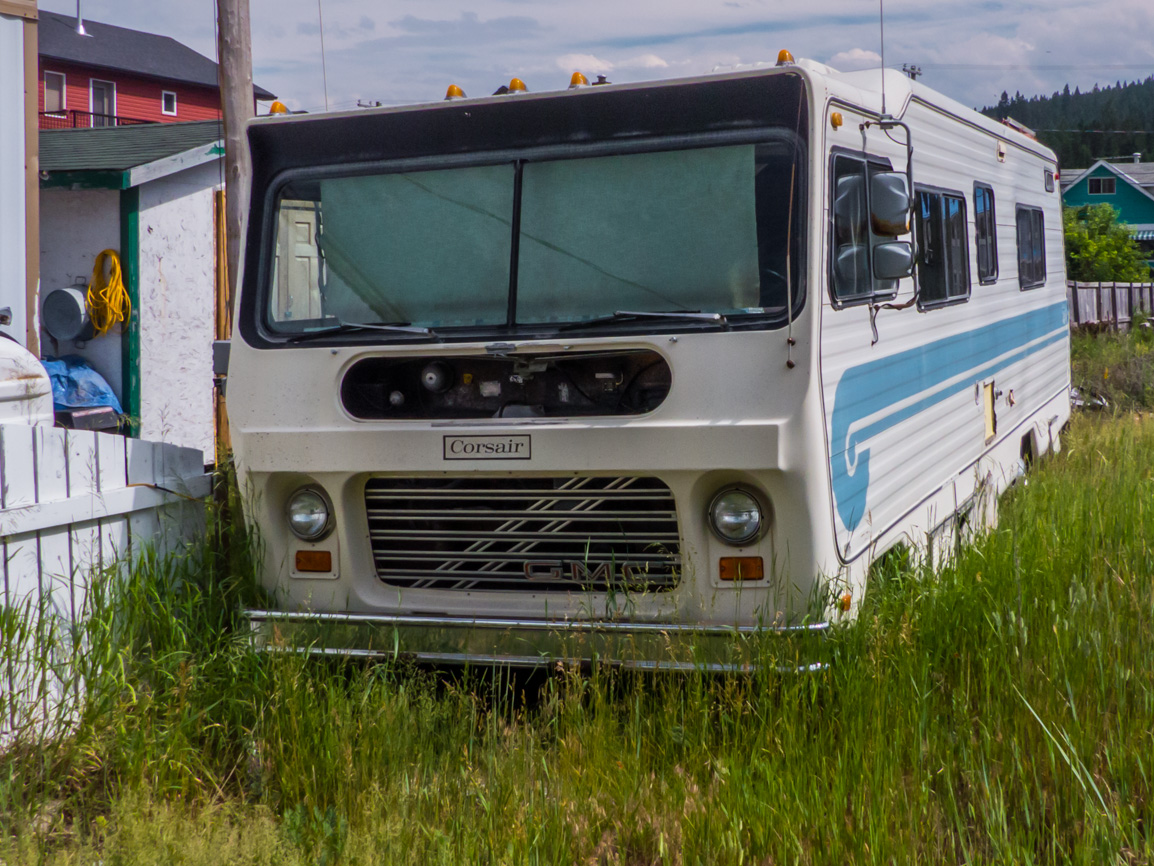
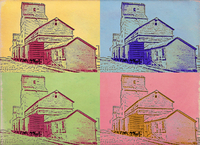





I’m in the industry and you’ve explained the process well and so that it’s easy to understand. Good job!
Joss
JR Design 3D
You are most welcome. This was fun and learning experience and had a blast!
(via Facebook)
I don’t know how you could have explained this any better! Will pass this on when I’m at a loss for explaining what we’re doing with this project.
Thanks, I had a blast with you guys.
(via Facebook)
Chris, you did a phenomenal job of explaining this very complicated technology! I’ll be sure to share this article with friends, family, and colleagues who are curious about the work Peter, Alana, and I are doing. I promise there’s plenty of great material to come from us—we’ve started the computer modeling process and have already gleaned some very cool images and spatial information from the data.
Can’t wait to see them!
(via Facebook)
That is what I use at work BIM. Pretty neat!
Very cool!